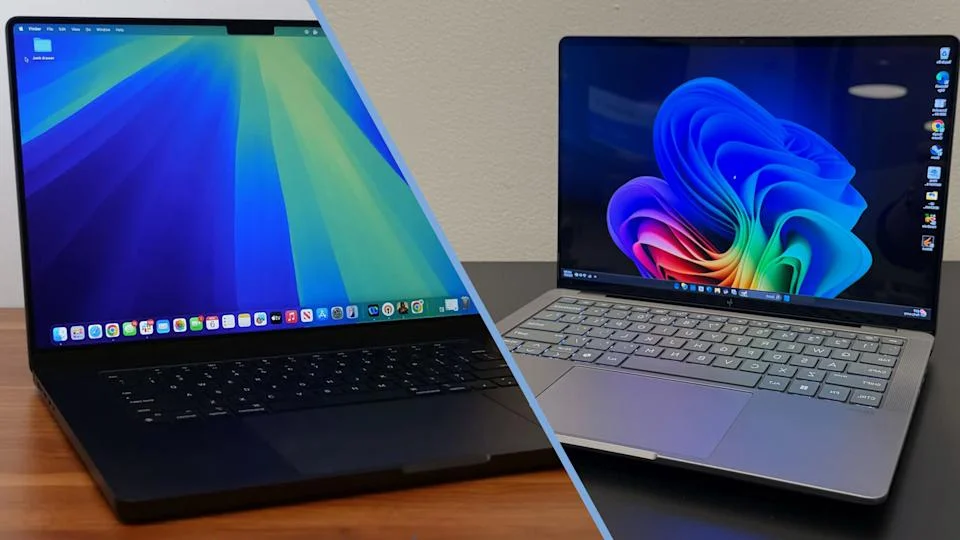
AMD Ryzen AI Max Pro: Redefining Mobile Workstations and Challenging Apple M4 Pro
The landscape of mobile workstations is undergoing a seismic shift, and AMD's Ryzen AI Max Pro is at the epicenter. These new processors are not only delivering incredible performance in laptops like the HP ZBook Ultra 14 G1a, but they're also posing a real challenge to Apple's dominant M4 Pro silicon. This analysis delves into the key takeaways from recent reviews and benchmarks, highlighting the strengths and weaknesses of AMD's latest offering.
Unleashing Zen 5 Power
The AMD Ryzen AI Max+ PRO 395, featuring 16 Zen 5 cores and Radeon 8060S graphics, is a true powerhouse. Initial Linux benchmarks on Ubuntu 25.04 show impressive CPU capabilities. As Michael Larabel from Phoronix noted in his comprehensive review, these chips are beginning to appear in laptops, and SFF desktops, hinting at a wider range of applications in the future.
HP ZBook Ultra 14 G1a: A Showcase for AMD

HP's ZBook Ultra 14 G1a serves as a prime example of what the Ryzen AI Max+ PRO 395 can achieve. Equipped with 128GB of RAM, a stunning 2.8K display, and other high-end features, this workstation is designed for demanding tasks. While the fully-equipped model comes with a hefty $8,250 price tag, the base configuration starts at a more reasonable $2,599.
AMD vs. Apple: A Performance Showdown
The burning question is: how does AMD's Ryzen AI Max Pro stack up against Apple's M4 Pro? Laptop Mag's comparison reveals a nuanced picture. In general performance and Adobe PugetBench tests, the HP ZBook Ultra 14 G1a often outperforms the Apple MacBook Pro 14's M4 chip, though the 16-inch MacBook Pro with M4 Pro manages to hold its lead in certain areas. The performance gap between the Ryzen AI Max and M4 Pro have closed considerably in the Workstation environment.
The Battery Life Trade-off
One significant drawback for the AMD-powered ZBook is battery life. While the MacBooks boast impressive runtimes of around 18 hours, the ZBook Ultra 14 G1a only manages about 6 hours and 45 minutes. This is a crucial factor for users who prioritize portability and need all-day battery life.
Asus Zenbook S16: AMD's AI PC Flagship

The Asus Zenbook S16 (2025) further solidifies AMD's presence in the AI PC market. Equipped with an AMD Ryzen AI 7 350 chip and a 50 TOPS NPU, it earns the coveted Copilot+ PC designation. The Zenbook S16 is a premium machine. With a stunning 16-inch 3K OLED display, it's priced at ₹149,990.
Choosing the Right Workstation
Ultimately, the best workstation depends on individual needs and priorities. If you require specialized CAD software like SolidWorks, Windows-based machines like the HP ZBook Ultra are your best bet. However, if your workflow primarily involves design tools like Blender or the Adobe suite, Apple Silicon remains a strong contender, especially if battery life is a top concern. The Asus Zenbook S16 is more attractive due to its great display, performance, and impressive battery stamina.
AMD is clearly making strides in the mobile workstation arena, offering compelling alternatives to Apple's dominance. With continued innovation and refinement, they could soon become the top choice for professionals seeking power and portability. What do you think? Which workstation processor aligns with your needs, and where do you see the future of mobile computing heading? Share your thoughts in the comments below!